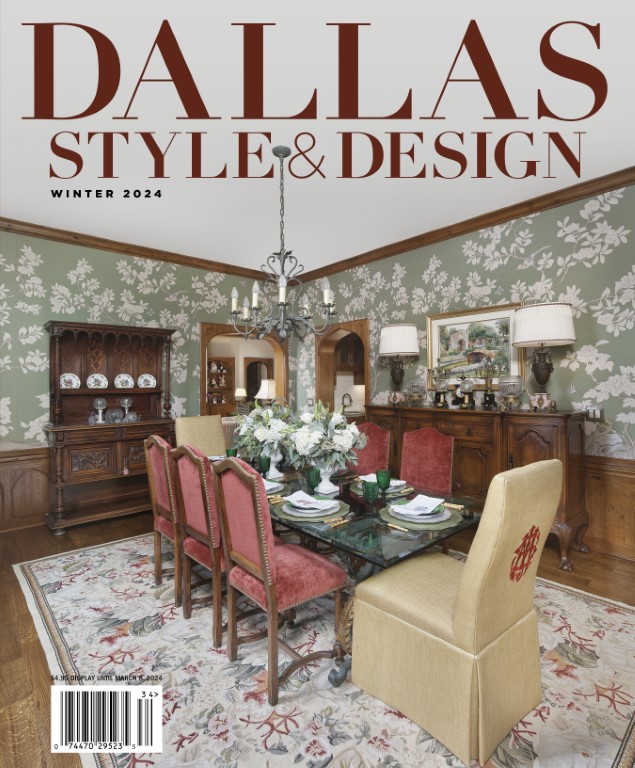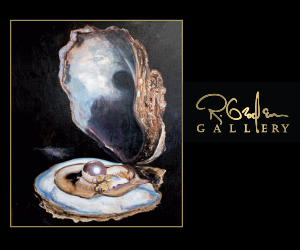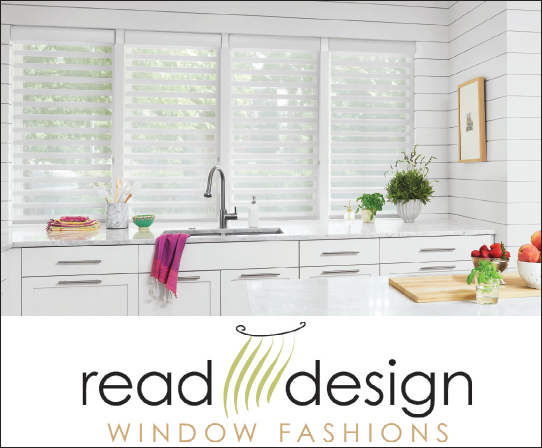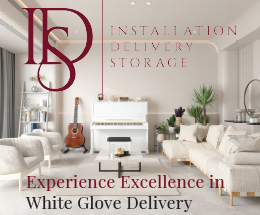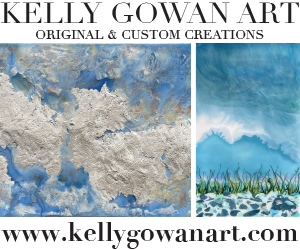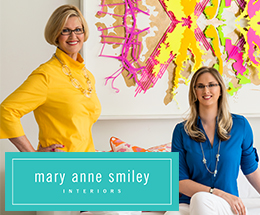
There’s an inherent parallel between music and interior design believes Esther Boivin of Esther Boivin Interiors in Scottsdale, Arizona. Just as music is the language of the soul, design is the language of the heart. Both bring life to the world around us. A mezzo-soprano, Boivin sees a similarity in their elements.
“The opera is who I am. Music has influenced the way I see things. It’slayers. It’s composition. For me, design is structured like music,” says Boivin.
There is a resemblance between the personality of music and the character of interior design. Each has movement, consonance and dissonance.
“The theme can be repeated. You can expand on it. You reverse it. You need rhythm,” Boivin says.
Raised outside of Montreal, Boivin studied music for 20 years. This passion, together with her multicultural heritage, led her to travel extensively to Asia, Europe and Africa. Reveling in the architecture and native elements of each country, the interior designer found rhythm in their buildings and furnishings. This new understanding led Boivin to a career in interior design.

“I was impressed with other cultures, history, art. I would take pictures of details. I’m always fascinated with product, materials and texture,” says Boivin.
This combination of cultural sensitivity and harmonic appreciation has provided the designer with an enhanced perspective on interior design. As cultures of people merge, so do the elements and notes of their residential design.
With each project, Boivin is guided by the challenge to meet the needs of the client while also bringing the space to life with distinctive décor and exceptional use of space.
“Clients always have a need. First, we determine what they want. I tell them to give me everything they need to have, and I’ll make it work. And it always does,” she says.
Aesthetic and stylistic needs are met first, followed by essential functionality. Just as music has movement, color and personality, so do Boivin’s residential designs.
“It’s important to me that it’s aesthetically pleasing first, then it will function also. I visualize how a problem can become the best part of a room. I make it part of the design,” she says.
One example is a home in Phoenix that posed an interesting challenge: The client sought to incorporate natural elements into a contemporary retreat. To create an organic ambience, Boivin utilized a mahogany tree trunk sculpted as curvilinear art. The form was hung from the ceiling as a visual focal piece, yielding the floor space for an open feel within the room.

Inventive space planning plays a leading role in every interior design project. Movement and rhythm are determined by the layout and size of rooms and the furnishings within a room.
“I pay attention to every plane—floor, ceiling, walls. There’s a connection between the parts. It must have flow and energy. Also, you have to be careful how you arrange furniture. With furniture, it’s a relationship,” Boivin says.
Flow also is established through synergistic lines. Product and materials reflect a creative vitality.
“I like uninterrupted lines. When I do a curtain, I do floor-to-ceiling placement. There are no rods to break the flow. It’s very soothing,” says Boivin.
Energy is built through the use of unexpected materials. Metal and glass are added to every room to create life, bringing glow and natural light.
“I want a room to feel alive. I don’t let what’s there influence my decisions. I ask, ‘What can we have there?’ It has to be naturally inviting,” Boivin says.
Inventive use of color defines each project. Bringing vitality and strength, combinations of hue reflect an ebb and flow of energy, just as rhythm and harmony add depth to music.
“I bring what’s unexpected, especially color. I see things differently. When a client asks for a color, I set the stage with a complementary color,” says Boivin.
Not limited to contemporary design, Boivin has a love of antiques and incorporates her client’s favorite pieces within her projects.

“Absolutely, a person can have antiques. I enjoy mixing old and new. You can blend the two. I embrace that. Your house will be transformed regardless of your style,” Boivin says.
Whether a client’s style is classic or contemporary, the color, material and space combine to generate a sensation within a home.
“It has to create emotion, something to make you think. There are multiple ways to achieve that feeling,” says Boivin.
Each residential project has challenges to be confronted. Boivin finds the solution through the influence of music.
“I embrace those challenges with clients. I find a creative way to give them what they want, above and beyond. There’s no limit in what I can create,” she says. *
Nancy Baldwin is a Dallas freelance writer, journalist and editor of nonfiction books. Contact her at baldwinwriter@gmail.com.

